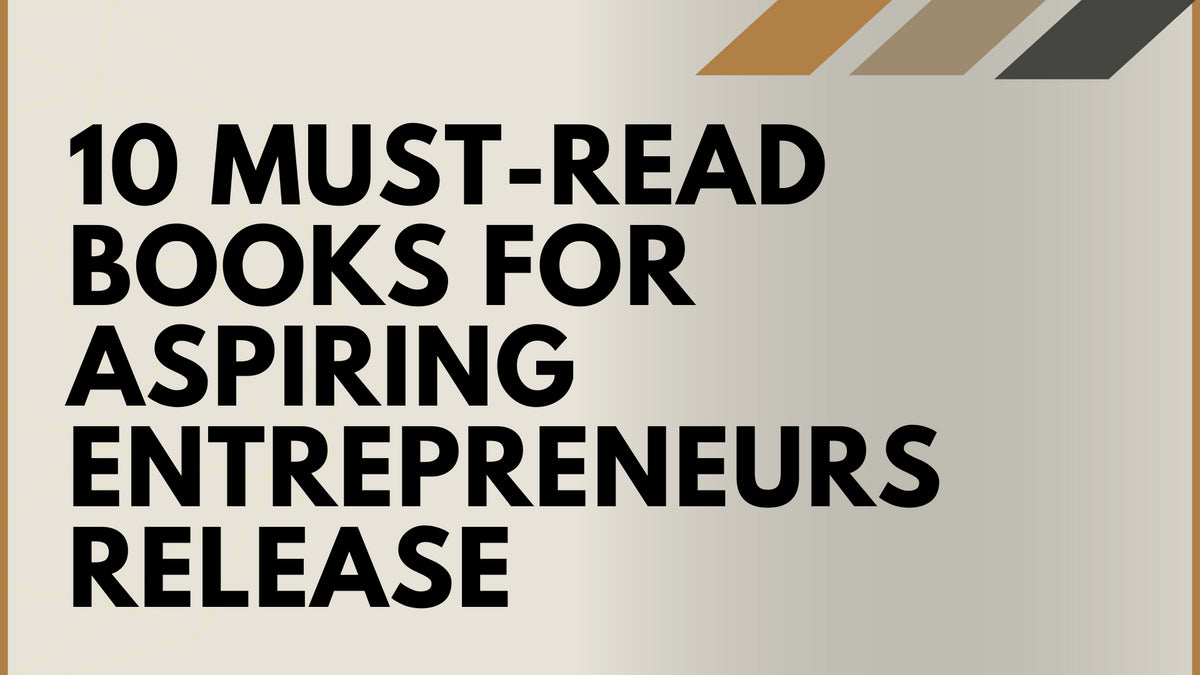Your Cart is Empty
Flex Book Summary: Managing Cultural Differences In The Workplace
Listen To This Article
Managing Cultural Differences In The Workplace
Cultural differences create a social gap, and when it involves managers and employees in the workplace, there is also a power gap. This book can help you understand and close the power gap which is the social distance between people in positions of authority and others in the workplace who are different in any way. The book focuses on age, gender and culture for purposes of discussion.Managers must learn adaptive leadership behaviors to close the gaps by leveraging differences rather than responding to them as barriers. They must become flex leaders who can effectively communicate with diverse employees.
Learn To Lead By Leveraging Cultural Differences
- Managers must learn to communicate more effectively and use feedback tools to bridge the power gap
- Relationships are built on trust and respect, but people build trust in different ways, and miscommunication leads to incorrect interpretations of the culturally different ways people show respect
- Importance of acknowledging differences and learning the flex management style
- Fluent leadership is the ability to bridge differences between people
- Flexing is not just about flexing down to employees; it also involves learning to flex across peers and reaching up to supervisors
- Leaders must learn to set aside personal judgments and assumptions about others before effective communication about differences can occur
- A key leadership competency is fluency in which a leader can work and communicate effortlessly with many types of diverse people, critical to cultural competence
- Qualities of a flex leader and the principles of flex management style
- The change process for becoming a flex manager
- Leveraging diversity as a source of innovation

Featured In This Review
Flex
$25.89
Lear about a power gap that creates distance between people in the workplace of different cultures or ages and even genders. Being flexible in your management style will make communication more effective with staff & clients.
SHOP NOWFlex Book Summary
As the population becomes more diverse, so does the workforce. Diversity is defined in many ways – age, gender, disability, sexual preference, ethnicity and culture. In Flex, authors Hyun and Lee discuss the importance of developing adaptive, fluent leadership consisting of managers who can successfully lead people who are different from them. The book The Messy Middle by the founder of Behance, Scott Belsky, digs into this topic as well.
Understanding why leaders need to learn a new skill set is only a first step though. The barriers to closing the skill gaps must be identified and broken down before leaders can learn the skills of flexing. Only then is it possible to change.
When people from different cultures enter a dominant cultural environment, they quickly learn that the specific codes of behavior, cultural values and rules they grew up with can lead to miscommunication and misunderstandings. In the workplace, the cultural differences or social distance of managers and their employees can cause much anxiety and confusion, holding people back from succeeding as leaders and employees. The reason is that people are not using the same set of rules or values to drive their behaviors. The book Backstage Pass digs into cultural differences as well.

Most leadership training programs, say the authors, focus on teaching employees to improve communication, manage conflict, manage teams, promote their accomplishments and hone their presentations. They are not taught how to avoid miscommunicating with diverse people or how to leverage differences as an asset.
Due to lack of understanding, there is lower productivity and higher attrition of top talent. Qualified diverse employees are derailed from promotions and projects or are pigeonholed in a particular position with no hope of progressing. The best book on identifying how this happens and avoiding it in your organization is Bait and Switch.
Miscommunication is a barrier to building trust and respect between people. The social distance can make or break a company. What makes it even more difficult to overcome is that many managers sincerely believe they treat people equally, when in reality they are not connecting with employees. They just do not know it.
A common mistake that managers make is avoiding any recognition, discussion or admission of differences. They believe that everything will be okay as long as people respect each other. This gets to the heart of the book.
What does each diverse employee think respect looks like? It could be quite different from what the manager calls respect. Hiring women, minorities and other diverse people is only the beginning of the workplace journey, yet companies tout their percentages all the time. What they are failing to do after people start work is find areas of commonality and recognize and utilize differences for the success of people and the company.
The result is things like workers from other cultures are expected to adopt Western notions of acceptable behaviors, even when they clash with their learned cultural values; millennials must assimilate which might mean forgoing the use of social media for the organization’s communication model; and women are expected to assume a more aggressive competitive style in order to be considered for leadership positions.
Want to buy a book review like this?
Click here to learn how to get your book reviewed!
A barrier to communication is a fear of saying something offensive or making an erroneous assumption. Another barrier is that studies have shown there is an unconscious empathetic bias towards people of the same racial group, impacting how information is processed.
The authors review the stages of moving from unconscious incompetence to unconscious competence, and the different mindsets that influence communication and behaviors (denial, polarization, minimization, acceptance, adaptation).
They also discuss different leadership styles, with the fluent leader being the ultimate goal.The fluent leader does not stereotype, engages employee skills and talents on a deeper level, appreciates differences, has respectful inquisitiveness and uses diversity competence to flex across the power gap. Another amazing book on Leadership is Extreme Ownership written by a ex-Navy SEAL.
The authors take the readers on a journey of discovery about communication styles and how they influence relationships in the workplace. An adaptive, fluent leader understands that even small things said and done can make a difference in the way people perceive them. The flex leader learns to find common ground through a trait, communication pattern, cultural dimension, interest or shared experience.
The challenge for managers is that this requires self-awareness, adaptability, developing comfort with ambiguity and complexity, unconditional acceptance of others and flexing across the power gap (with employees, peers and senior leaders).
Having thoroughly explained the flex leader and flex management, Hyun and Lee spend time giving examples of the style works in practice. There is a step-by-step guide on putting the flex management style into practice.
This is not just a management theory book. There are many personal examples of author experiences that demonstrate how different cultural perspectives create barriers. Another book filled with author experiences and creating company culture is Ready Fire Aim.
Also included are numerous examples of real-life leaders who are successfully using flexing to cross the cultural divide and power gap and leveraging diverse thinking from employees to drive innovation. And if that sounds interesting you need to read the book Linchpin.
Managers must learn to discover why people are behaving as they do and will be surprised to discover they have often made false assumptions.
It is not easy to change a management style which is why the detailed information concerning the change process and numerous examples are so useful.
Any leader struggling to manage a diverse team would do well to read this book. Another book that could contend with this one is High Output Management.
About The Author Jane Hyun
Jane Hyun is an internationally renowned global leadership strategist, speaker, and coach to Fortune 500 companies, universities, MBA programs and nonprofit organizations. She is Founder & President of Hyun & Associates which helps organizations grow their bottom line through the effective deployment of talent.Hyun is an expert in leader onboarding, leader development and cross-cultural effectiveness. She developed programs like the Art of Cultural Fluency roundtables and the Bamboo Ceiling Leadership Series which earn high praise from organizations seeking to leverage the power of diverse teams to drive competitive success.
She spent more than 20 years as a business professional in dynamic, fast-paced environments. During that time, Hyun held a variety of management positions, including Operations, Vice President of HR/Talent at JPMorgan and Director of Recruiting at Deloitte and Resources Global.
She is a sought after speaker who has been featured on NPR, CNBC, CNN, and her insights have been published in The Harvard Business Review, The Wall Street Journal, The Atlantic, Fortune and many others. Before co-writing Flex, Hyun wrote Breaking the Bamboo Ceiling. She holds a degree in Economics and International Studies from Cornell University.
She is a Board Member of Operation Exodus Inner city, Inc. and has earned a number of honors including the Mosaic Medal of Distinction from Cornell University, #1 Global Coach for Cultural Fluency from the Marshall Goldsmith Leading Global Coaches and Global Gurus Top 30 Global Coach.
Audrey S. Lee, co-author of Flex, is currently the Awaken Group Transformation Lead APAC at Awaken Group and a senior consultant and executive coach. She works with clients in Asia and the United States, helping develop leaders with cultural competency and fluency at Fortune 500 companies.
She was a Principal and Vice President at Hyun & Associates, Inc. from 2005 to 2013 and before that worked as a consultant and senior channel marketing specialist and product program specialist. While at Hyun & Associates, she co-authored the Bamboo Ceiling training series and other acclaimed leadership initiatives. Lee has expertise in developing integrated leadership strategies that impact business practices throughout the organization.
As a seasoned stage performer for more than 20 years, she integrates her onstage experiences with her business and coaching strategies to create engaging global programs focused on effective communications and presentation skills. Lee is a frequent speaker at international conferences, corporate initiatives and community events.
She consults with companies ranging from some of the world’s largest to entrepreneurial startup enterprises across industries. Lee is a graduate of the Georgetown Executive Certification Program in Leadership Coaching and is certified in DiSC, Myers-Briggs (MBTI), Benchmarks Tools (from Center for Creative Leadership), LifeStyles Inventory (LSI), Cultural Orientations Indicator (COI from TMC Corp) and Intercultural Developmental Inventory (IDI) She was a member of the Board of Directors for the New York Asian Women’s Center from 2008-2011 and remains an Advisory Board Member.
Want to buy a book review like this?
Click here to learn how to get your book reviewed!
Leave a comment
Comments will be approved before showing up.
Also in Books

The Best Books for Google Analytics 4 (GA4) Training
Unlock the secrets of Google Analytics 4 with our curated list of the best GA4 training books for 2023! Dive deep into actionable insights, master advanced techniques, and lead the digital analytics revolution. Don't get left behind; discover the ultimate resources to dominate GA4. Click now to elevate your skills!
Read More
10 Must-Read Books for Aspiring Entrepreneurs
Do you dream of starting your own business? If so, you need to read this article! We've compiled a list of 10 must-read books for aspiring entrepreneurs. These books will provide you with the knowledge and inspiration you need to turn your dream into a reality. Click here to read the article and learn more!
Read More
Top 15 Books on Personal Finance
Are you looking for a safe and informative place to learn about personal finance? If so, you've come to the right place! This article discusses the top 15 personal finance books on the market, all of which are sure to help you improve your financial situation without any explicit sexual descriptions or that is sexually suggestive in nature or is primarily intended to cause arousal.
Read More